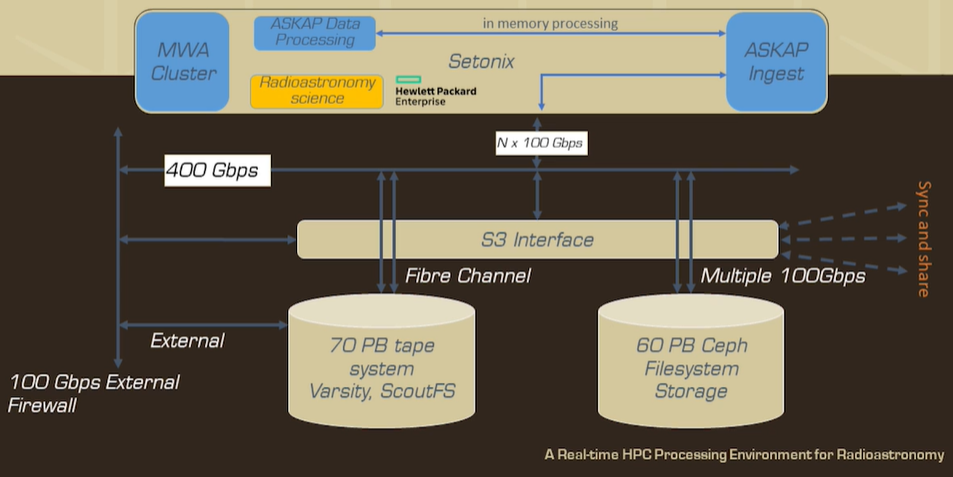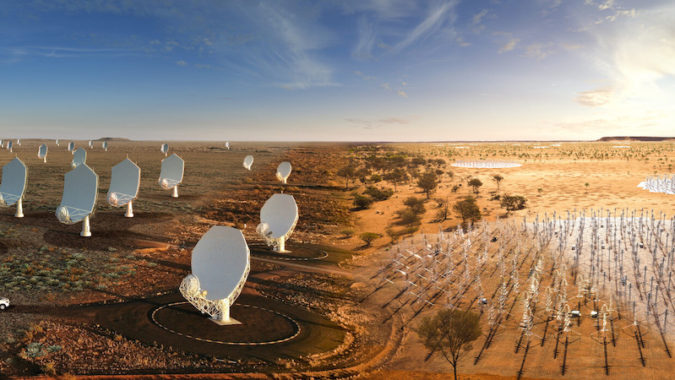Big things are in store for the Pawsey Supercomputing Centre in Perth, Western Australia – and soon, big things will be in storage. The center, which is gearing up for the deployment of the largest-ever radio telescope, has announced that it will work with Dell and Xenon to deploy 13 petabytes of multi-tier storage.

The project – which, between the two contracts, will cost $7 million – is part of a $70 million capital refresh that will also fund Setonix, a 50 peak petaflops HPE Cray supercomputer named after the quokka. The storage contract is, so far, the second largest investment from the capital refresh after Setonix.
Through the contract, Dell will provide “Acacia,” a 60PB multi-tiered, disk-based object storage system designed to enable online hosting of research data. Acacia will consist of more than 5,000 16TB disks and more than 400 NVMe drives for metadata storage. Acacia is expected to deliver data transfer speeds in excess of 400 Gbit/s.
“When researchers want to make massive amounts of data available to users on the internet, any delay in accessing data is very hard to accommodate,” said Mark Gray, Pawsey’s head of scientific platforms. “Users and most web tools expect files to be immediately available and the time it takes for a tape system to retrieve data becomes a challenge.”
Gray explained that Pawsey was able to keep this massive storage on-budget through an investment in Ceph, software that facilitates the use of generic hardware for storage systems and which enabled the in-house design of the online infrastructure for Acacia.
Xenon, meanwhile, is providing “Banksia,” a 70PB offline storage system that incorporates Pawsey’s existing object storage infrastructure and which is mirrored for data security. Banksia – named after an Australian wildflower – will include a 5PB front-end cache based on the Versity filesystem, 32 high-performance IBM enterprise tape library drives and 2 IBM TS1160 next-generation drives. “Both Xenon and Dell have worked with us to build a storage system that is not only fit for purpose now, but is flexible and will scale easily in capacity and performance to grow with our needs into the future,” Gray said.
Pawsey’s capital refresh, including Acacia and Banksia, is occurring as the center prepares for the nearby installation of one of the two Square Kilometre Array (SKA) sites, which will collectively constitute the world’s largest radio telescope when it completes installation in the late 2020s. The SKA is anticipated to produce massive amounts of data; in a talk at the virtual ISC conference last month, Pawsey’s CTO, Ugo Varetto, alluded to the Dell contract, saying that the center had “acquired 60 petabytes of object storage which will soon be integrated with the HPE supercomputer” to, in part, power precursor projects for the SKA.

“An important part of this long-term storage upgrade was to demonstrate how it can be done in a financially scalable way,” Gray said. “In a world of mega-science projects like the Square Kilometre Array, we need to develop more cost-effective ways of providing massive storage.”




























































